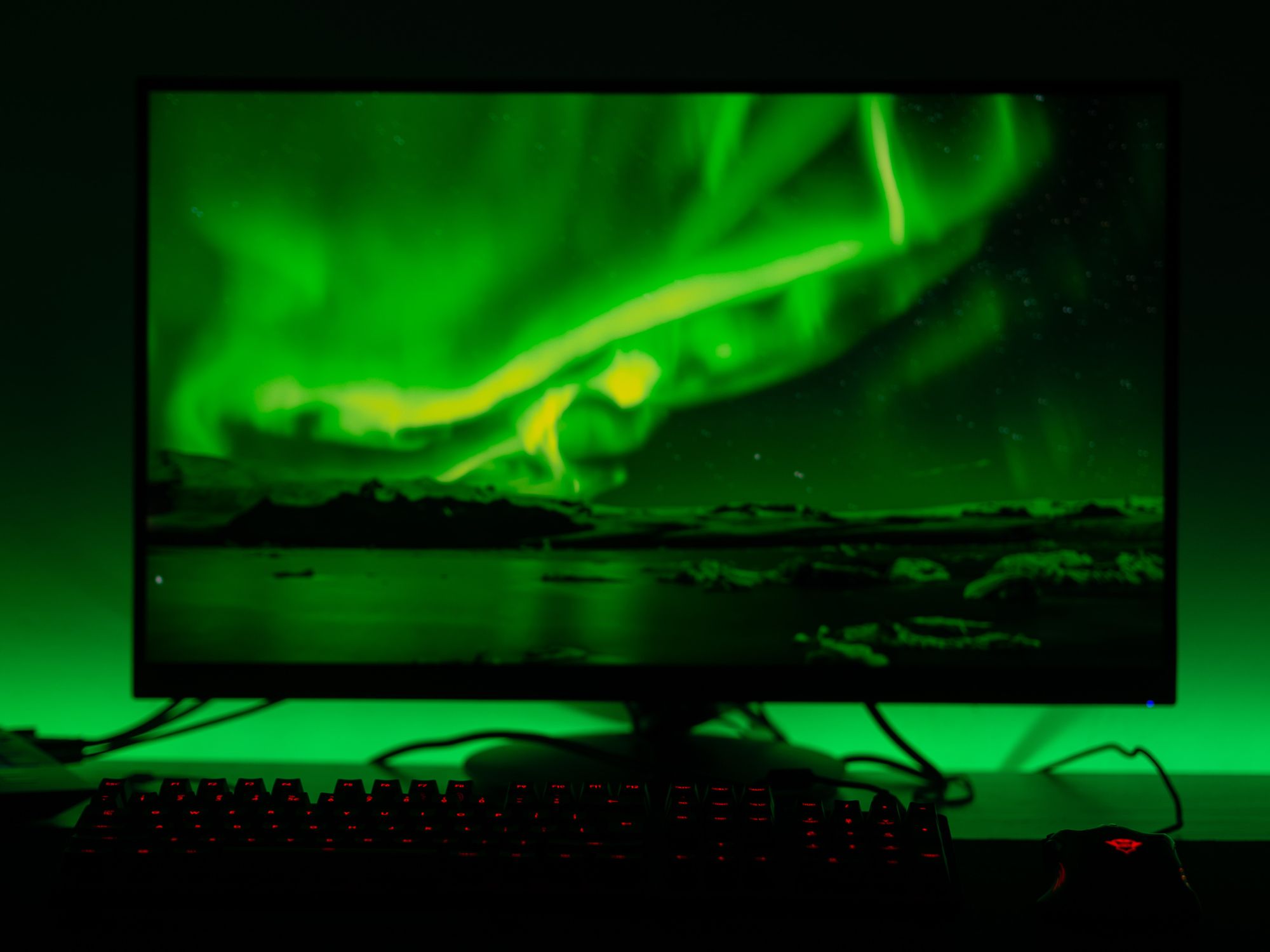Event design has always been a key consideration for event planners organising a face-to-face event. But it’s no less important for virtual events. After all, high production value, including event design, is a vital part of maintaining an audience’s attention and encouraging engagement.
But how does event design fit into a virtual event, where everything has to be incorporated digitally? Here, we’ll take a look at how event organisers can leverage virtual event design in five easy steps.
1. Pick a visual theme
In-person events have the benefit of being able to immerse an audience in a physical event venue. But at a virtual event, it still pays to find a unifying theme that can tie together all your visual elements – ideally, one that helps to support your event’s narrative.
For example, if your event is about sustainability, you could use images of foliage throughout and create an event map designed around the concept of a tree or a rainforest. Or, if you're planning a Christmas party, you could go all out with the Christmas theme as we have with our Big Top Christmas parties. We're talking an illustrated event map filled with snow, festive SnapCamera filters, themed breakout room names and more.
Another great example of an event that’s picked a visual theme and really run with it is the Augmented World Expo USA 2020. All about AR and VR, it used an interstellar theme to support its tagline, ‘it’s time to go spatial.’ Not only was the event website designed to look like outer space but they also used the recurring image of an astronaut throughout the event, such as on backdrops for the speakers. Which brings us onto...

2. Unify your speakers
At an in-person event, your speakers will usually talk on-stage, often in front of a branded or themed backdrop that helps to support the event’s topic. Why should a virtual event be any different?
Consider using backdrops so that your speakers are all presented consistently and helping to support your event’s themes. This could involve sending each speaker a branded banner to place behind them. Or, it might be easier to send them a pop-up green screen, which will allow them to use virtual backdrops without cutting in and out.
If you’re looking to keep things simple, we’d at least recommend distributing a set of guidelines to ensure consistency. This might include guidance on where to place lighting as well as information about which orientation to stream themselves in (we’ve all seen virtual panel discussions where some of the speakers are displayed landscape and others portrait – and it just doesn’t look professional!).
On that note, if any of your speakers are going to be sharing slides with your audience as part of a presentation, why not send them a branded template in advance? By ensuring that every speaker uses the same font, colours and format, you’ll already be paving the way for a much more unified experience.
3. Use the tech
There’s a huge choice of virtual event platforms out there, so make sure that you choose one that can support the visual narrative you’re looking to tell. Our piece on the best all-in-one virtual event platforms (and what to use them for) will help.
One great way of adding production value is to overlay a thumbnail of each speaker in front of any presentation they’re sharing. This will really help to maintain audience focus. After all, being able to actually see the person who’s speaking fosters a sense of human connection that you just don’t get from staring at a slide deck alone.
If you really want to impress, you could even consider making use of elements of 3D. This can be especially useful if you’re holding a virtual trade show or exhibition. A 3D booth visualisation could help event attendees to better understand what each exhibitor is offering, allowing them to walk through each exhibitor booth as they would do in person, but from the comfort of their own homes.
4. Put your audience first
Remember that event design isn’t just about what your event looks like. It’s also about designing the audience journey and experience. Of course, that’s going to feel different for every individual who attends!
For that reason, a large part of event design has to be taking the time to really understand your audience and what’s going to help them to have the best experience possible.
For example, if your audience has grown up with technology, they’re likely to take well to the latest technological developments without needing an awful lot of help and guidance. On the other hand, if your audience is not so digitally enabled, it might help to send them a video tutorial ahead of the event explaining how to log in and how to make the most of the technology that’s available. You may even decide to make use of simpler solutions that this audience will find more intuitive to use.
Hire Space's Big Top platform is an example of virtual event technology that supports event planners in tailoring the experience to individual groups (and even to each individual person within each group). Attendees gain access to an illustrated map full of breakout rooms that have been handpicked for each audience. Then, they can personalise their own journeys by choosing which rooms to attend, for how long and in what order.
Hire Space Top Tip: Putting your audience first can often be as simple as catering to their needs - Arena by Hire Space, a brand new virtual and hybrid events platform, offers both video and audio breakout room options to allow attendees to choose how they interact, and therefore eliminating any anxiety they may feel. Don't underestimate things that may seem small to you!

5. Use design thinking
Design thinking is a process that designers use to solve complex problems. The process of design thinking goes something like this:
- Learn about the audience you’re designing for
- Define the question you’re looking to answer
- Come up with creative solutions
- Prototype your idea
- Test your ideas for feedback
- Return to step 1 and repeat indefinitely!
To read more about this ongoing process, check out Kim Myhre’s session on how to become an event design pro.
By applying the principles of design thinking to virtual event design, you can not only plan the best possible event for your audience, but you can also learn from your event in order to continuously improve your virtual event offering!
This is especially important as planning a virtual event is unlikely to be a one-off. Even after the Coronavirus pandemic has passed, virtual events are likely to form a big part of reaching delegates in different countries, time-zones and who have different access needs – whether that’s as part of a fully virtual or hybrid event.
As you can see, event design looks a lot different when you’re dealing with a virtual event as opposed to a face-to-face one, but the principles are the same. By following these 5 simple steps, hopefully, you’ll be as confident planning a virtual event as an in-person one. Plus, don’t forget that our virtual event experts can help! Just get in touch to book a free consultation.
For more guidance and advice on how to plan unforgettable virtual events in the meantime, check out our Complete Guide To Virtual Events.
Author

Imogen Beech
With a love of interior design, Imogen’s writing experience has taken her from the mansions of the rich and famous to the capital’s most unique events spaces on Hire Space.


